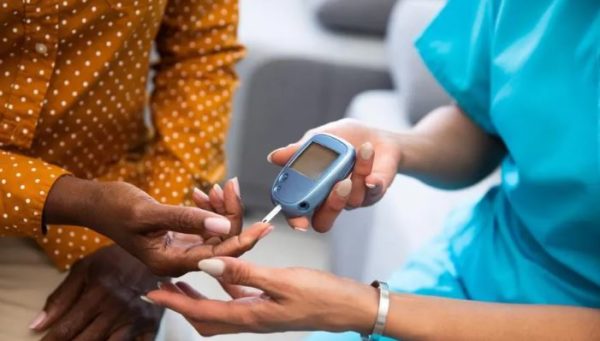
Diabetes is a metabolic disorder that affects millions worldwide, characterized by elevated blood sugar levels.
There is a need to know the early signs of this metabolic disorder because lifestyle changes can reverse the course of the disease to a large extent.
While common symptoms like excessive thirst, frequent urination, and unexplained weight loss are widely known, several unusual signs may indicate diabetes, particularly in individuals aged 30 and above.
Recognizing these less common symptoms is crucial for early detection and management of diabetes.
1. Frequent infections
Diabetes can disrupt the body’s ability to fight infections, leading to an increased susceptibility to conditions like yeast infections. Women, in particular, may experience recurring yeast infections, as elevated blood sugar levels create a conducive environment for the growth of yeast.
2. Excessive thirst after eating
Experiencing extreme thirst after consuming meals can be a less-known sign of diabetes. This excessive thirst, known as polydipsia, is linked to the body’s attempt to eliminate excess sugar through increased urination. Monitoring fluid intake and recognizing unusual thirst patterns is essential.
3. Unexpected weight gain
While weight loss is a common symptom of diabetes, some individuals may experience unexplained weight gain. Insulin resistance can lead to increased fat storage, particularly around the abdominal area. Sudden weight gain without changes in diet or exercise should be discussed with a healthcare professional.
4. Darkened skin patches (Acanthosis Nigricans)
5. Blurry vision
Changes in vision, such as blurry or fluctuating eyesight, can be associated with diabetes. High blood sugar levels can affect the fluid balance in the eyes, leading to temporary changes in the shape of the lens. Regular eye check-ups are crucial for detecting diabetes-related vision issues early on.
6. Itchy skin and dryness
7. Foot pain and numbness
Diabetes can affect nerves, leading to peripheral neuropathy. Symptoms may include pain, tingling, or numbness in the extremities, commonly starting in the feet. Individuals experiencing persistent foot discomfort should consider diabetes screening, as early intervention can prevent further complications.
8. Chronic bad breath
9. Increased appetite without weight gain
While diabetes is often associated with weight loss, some individuals may experience increased hunger without a corresponding increase in weight. This paradoxical combination could indicate an imbalance in insulin function, and a thorough medical evaluation is advisable.
10. Sleep disturbances
Diabetes can interfere with sleep patterns, leading to issues like insomnia or excessive daytime sleepiness. Fluctuations in blood sugar levels may disrupt the body’s natural sleep-wake cycle. Monitoring sleep quality and addressing persistent disturbances is vital for overall health.




